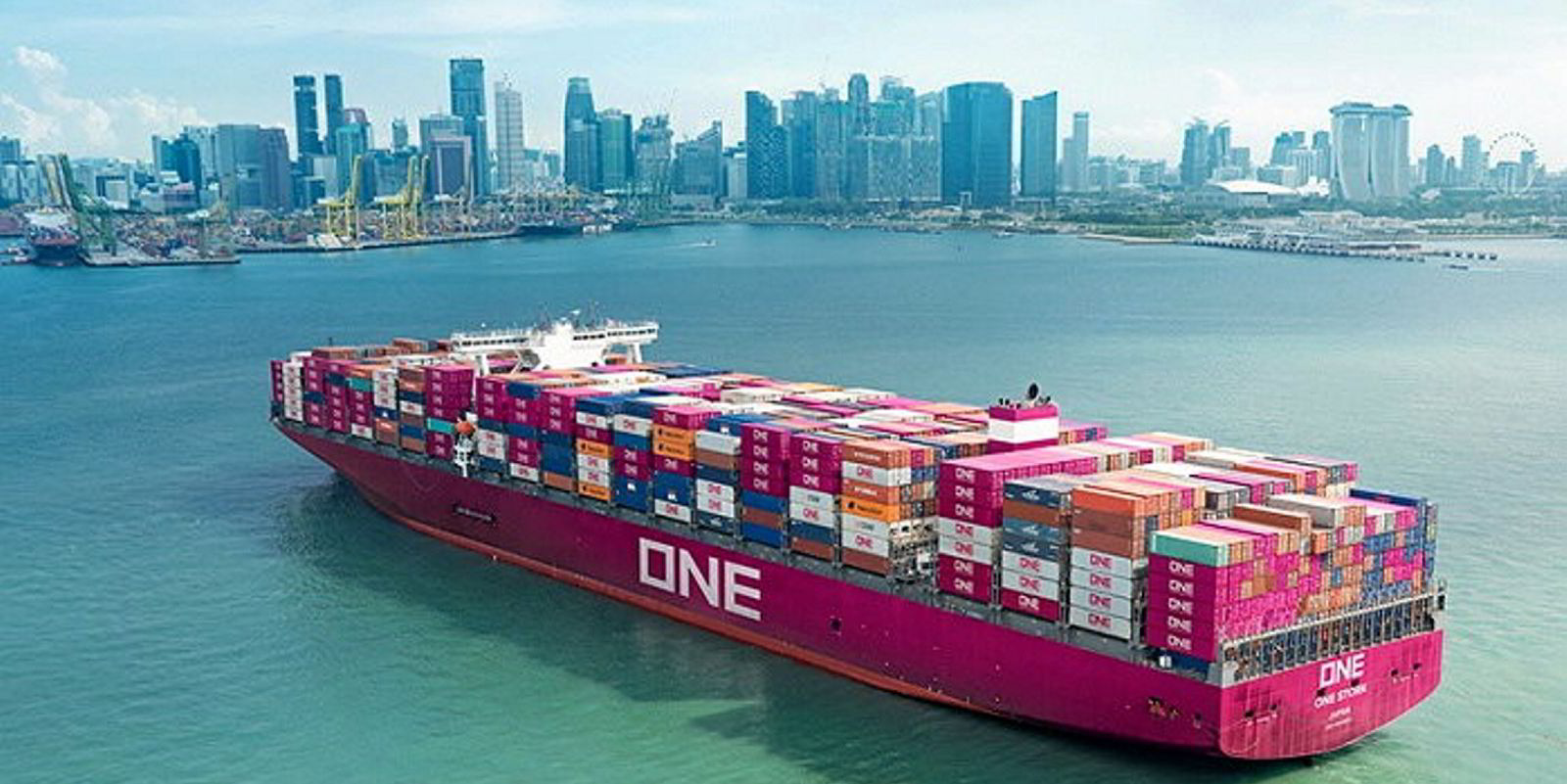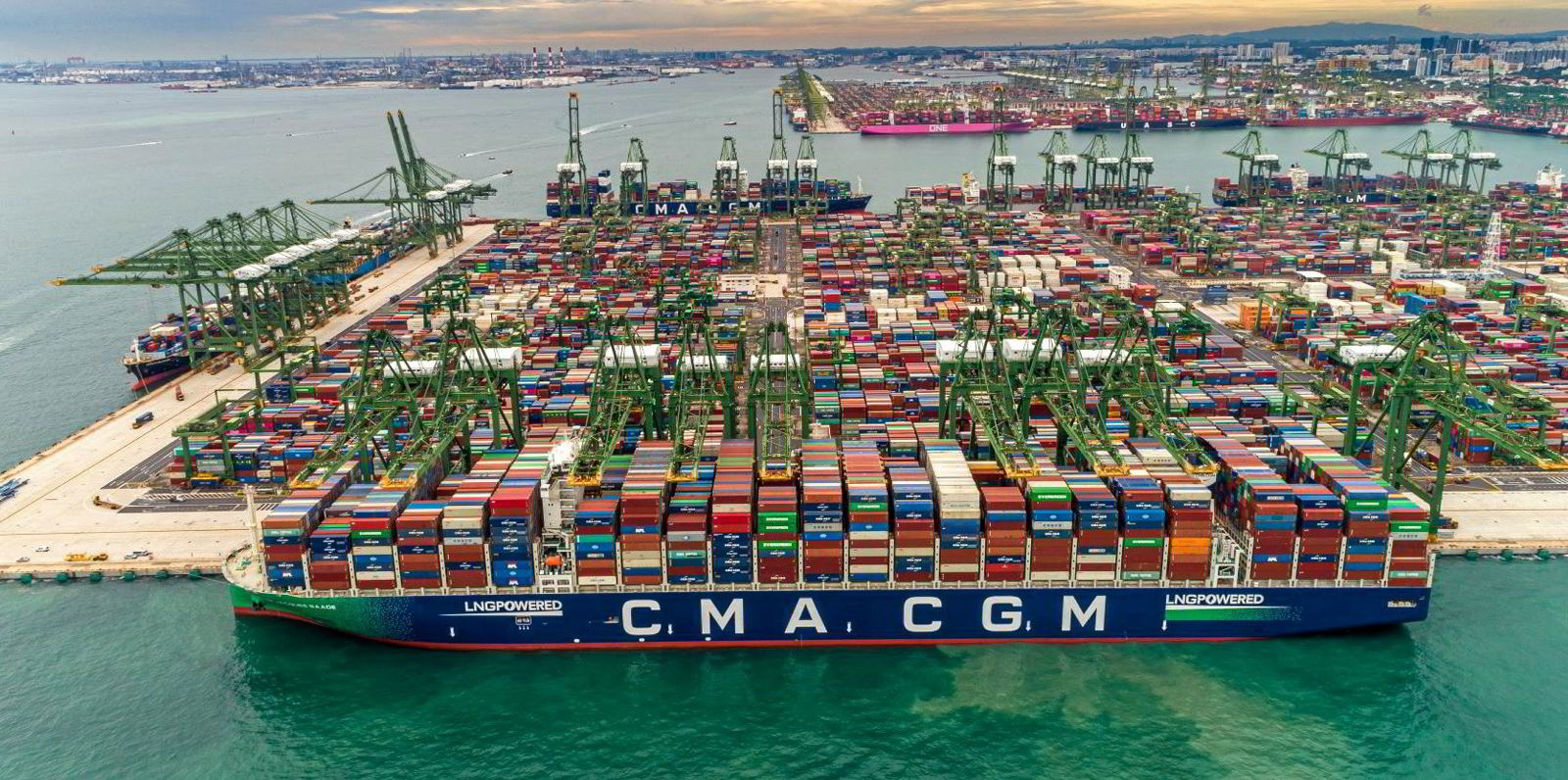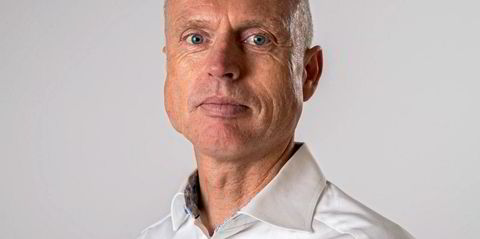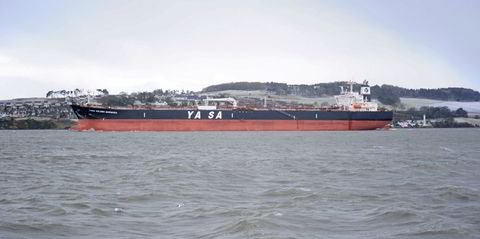Mercuria has invested $1.5m in Australian-based start-up Rise-x, which aims to help businesses boost transparency using blockchain and cloud technology.
The investment was part of a fundraising exercise by Rise-x, which recently raised a total of $2.77m from private investors including Mercuria.
The Perth-based company is said to have developed a software system that provides “complete transparency and accessibility to transactions made from around the world”.
Mercuria subsidiary Minerva Bunkering has used Rise-x’s DIANA platform in what was described as a “global first” to digitally refuel ships in a bid to reduce the risks of fraud while saving time and resources.
Rise-x co-founder and chief executive officer Rowan Fenn said the DIANA platform could save considerable work hours by reducing paperwork and time spent processing transactions and communication between parties.
“The software system has proven its potential to improve productivity and to increase transparency and traceability across the global commodities ecosystem,” said Mercuria’s chief operations officer Alistair Cross.
“We have been working with Rise-x for some time now and have been impressed with the team and the technology.”
In July 2021, Mercuria teamed up with Rise-x to establish ADP Clear in Singapore to help accelerate the introduction of digital bunkering to the world’s largest transshipment port.
Another maritime company, Perth-based Franmarine Underwater Services, has also used Rise-x’s technology to create a platform to give clients real-time access to their cleaning, repair and maintenance activities, as well as an unalterable record of the services performed.
The start-up is also the recipient of an $895,000 ($624,000) Australian government grant to accelerate the commercialisation of its DIANA platform.
Rise-x claims its technology could also help companies address environmental, social and governance issues as they adapt to operating in a low-carbon world.
“We can create smart contracts that will record carbon emissions from everyday activities so companies can offset those emissions in an open and transparent way,” said Fenn.
“But more importantly, we can use the same technology for carbon offset companies to prove that they are credible and delivering what they have promised.
“A carbon farmer and their suppliers can demonstrate with a smart contract how many trees they have planted, who delivered them, their location on the plantation, and so on,” he added.






